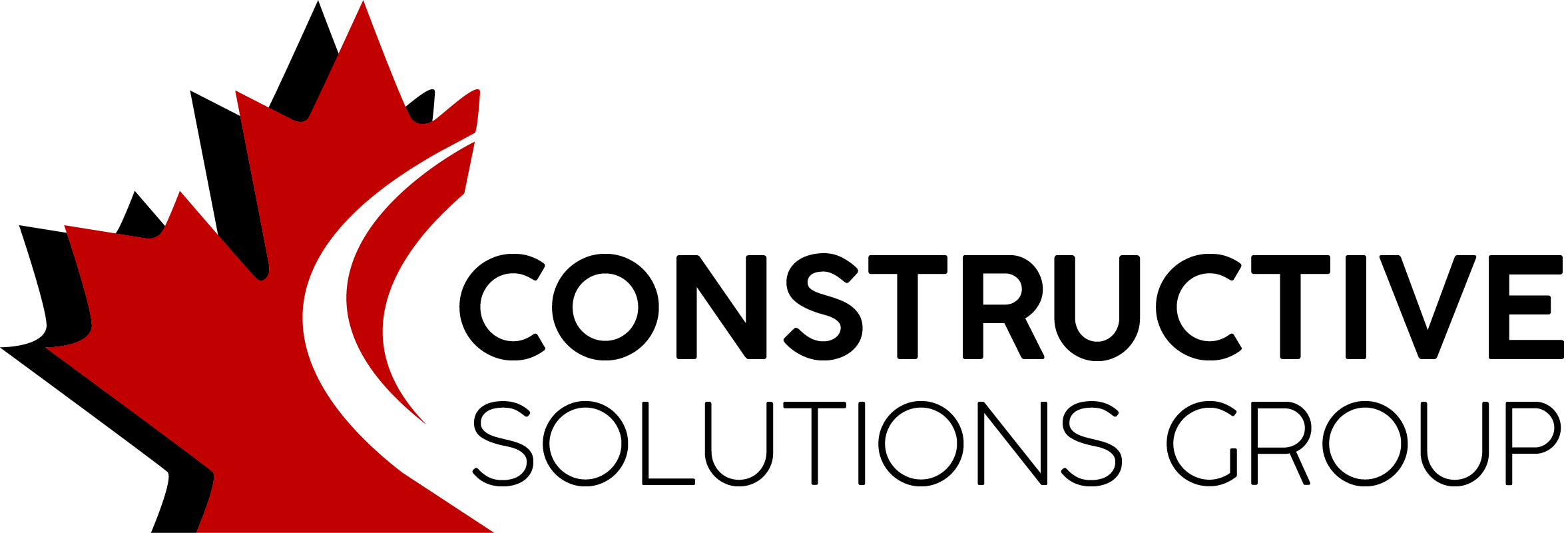During Alberta’s oil boom and the subsequent population swelling in Calgary and Edmonton, Constructive Solutions Group spent almost as much time educating our workforce about their rights and responsibilities as we did getting them placed and hired. Out of respect for all those individuals, our current readers, and those who might call us for work tomorrow, we’d like to share today’s post about how to prepare yourself for employment as part of a temporary labour force.
This post is best read along with our previous post titled 4 Top Characteristics of the Best Employees. If you missed it, find it here.
Focusing on the issues of ‘hireability’ and ‘keepability’ (we know – not really technical terms but relevant all the same), is a point that more temporary labour agencies should acknowledge. As a temporary worker employed by Constructive Solutions Group, you represent our company on every job you go to. Therefore, looking professional and knowledgeable about our processes and your role in it is in everyone’s best interest.











